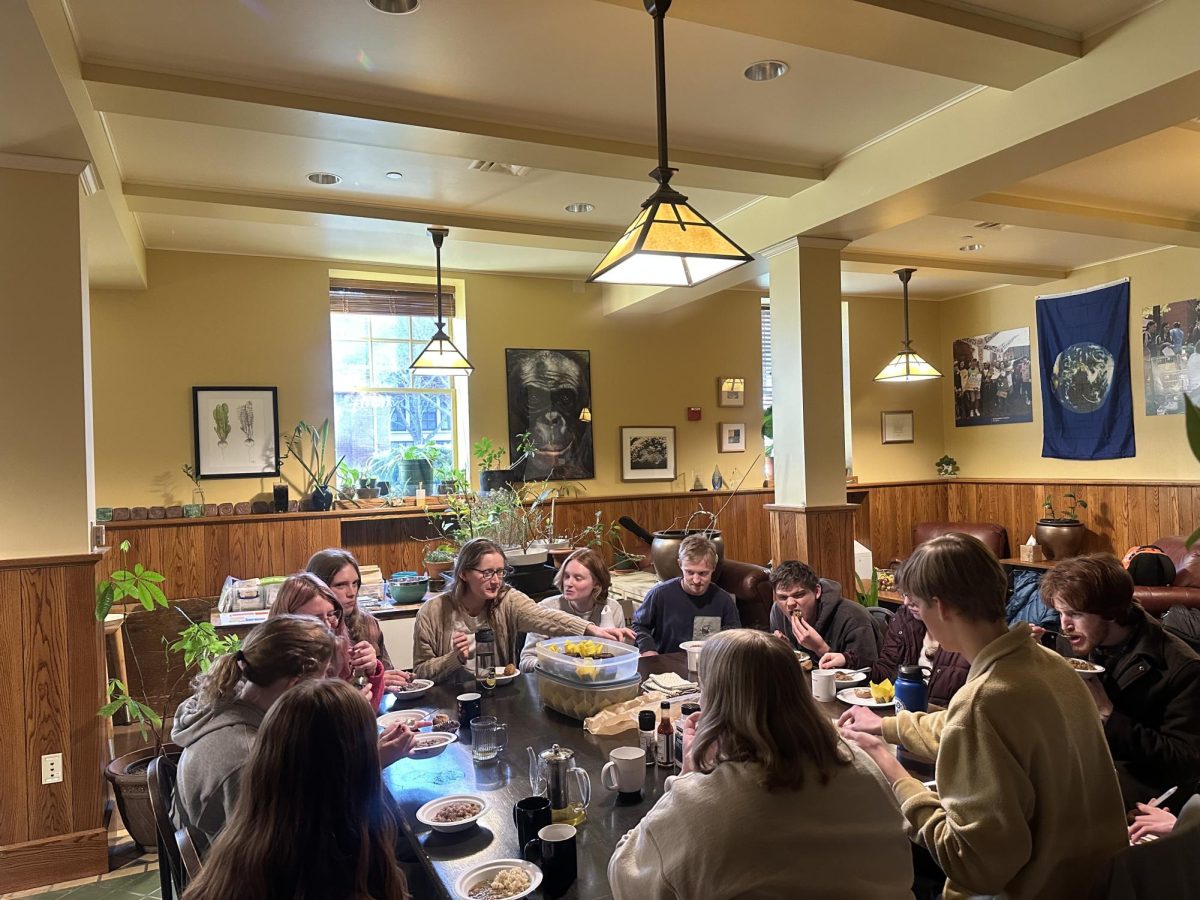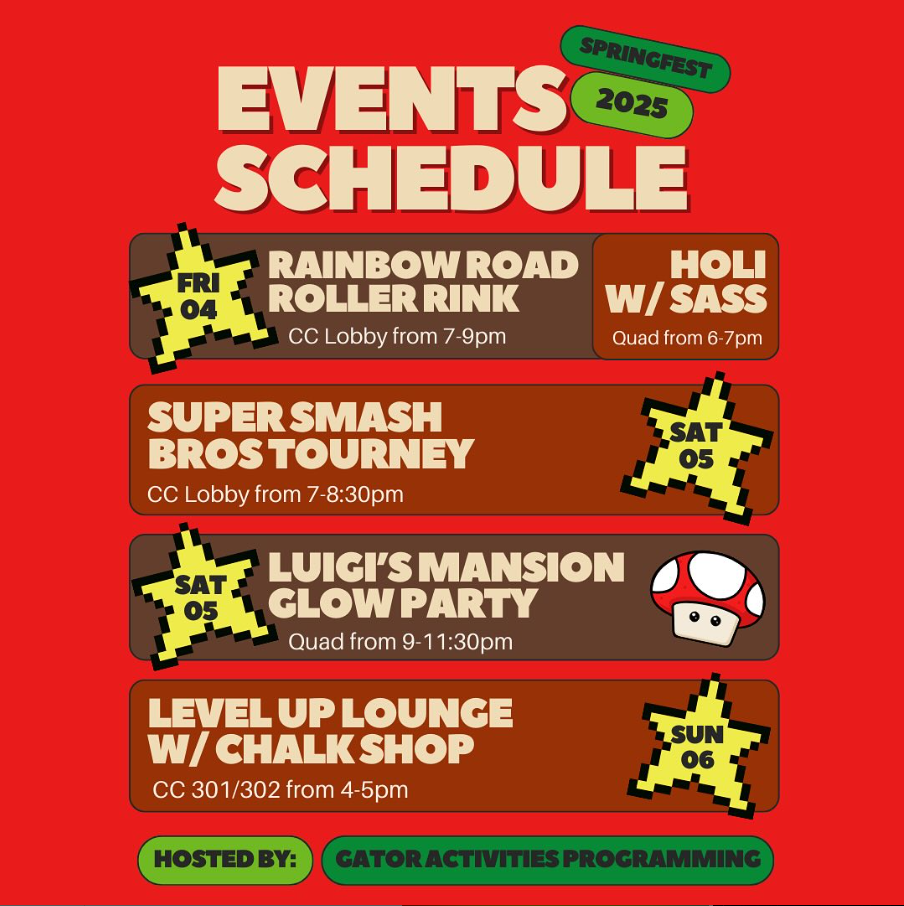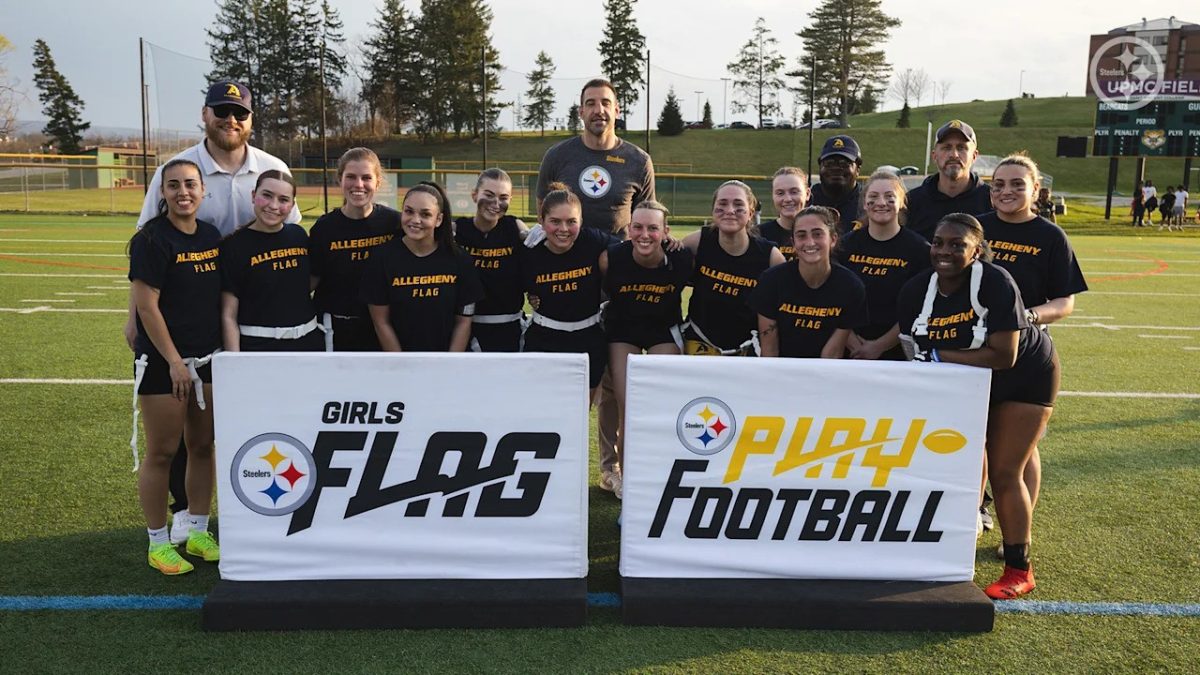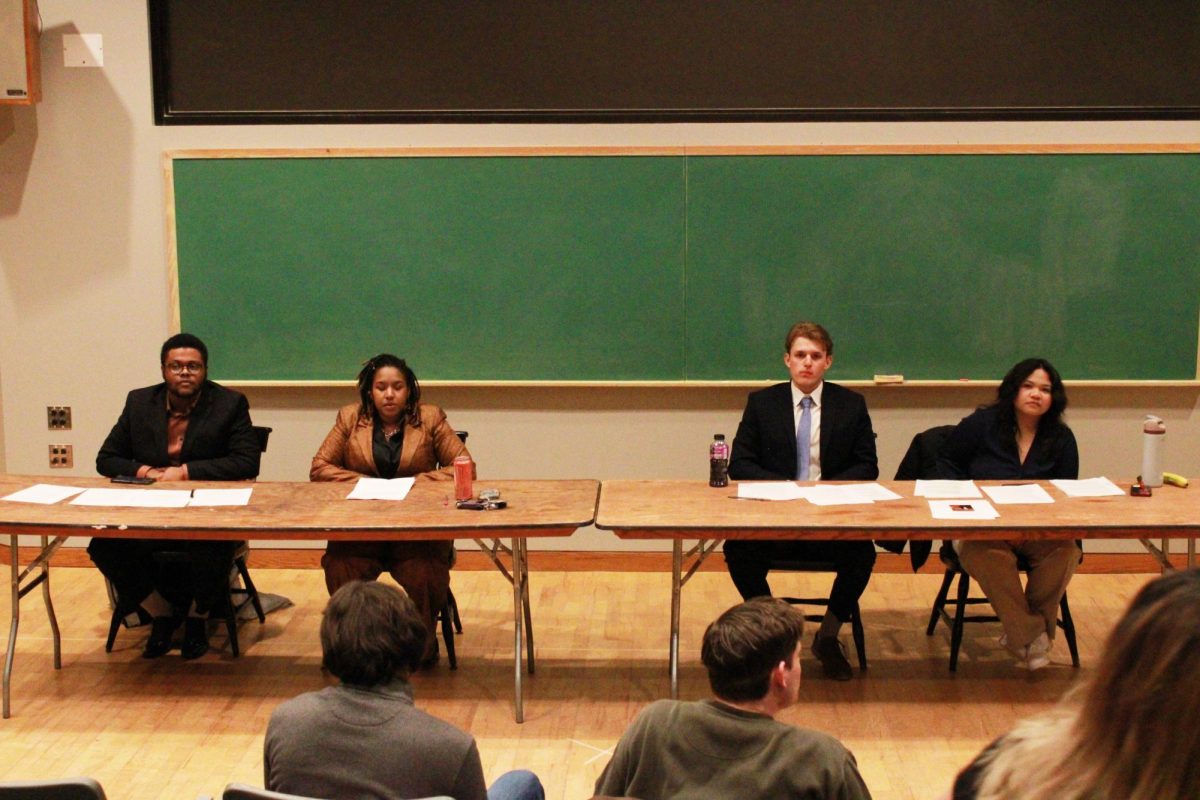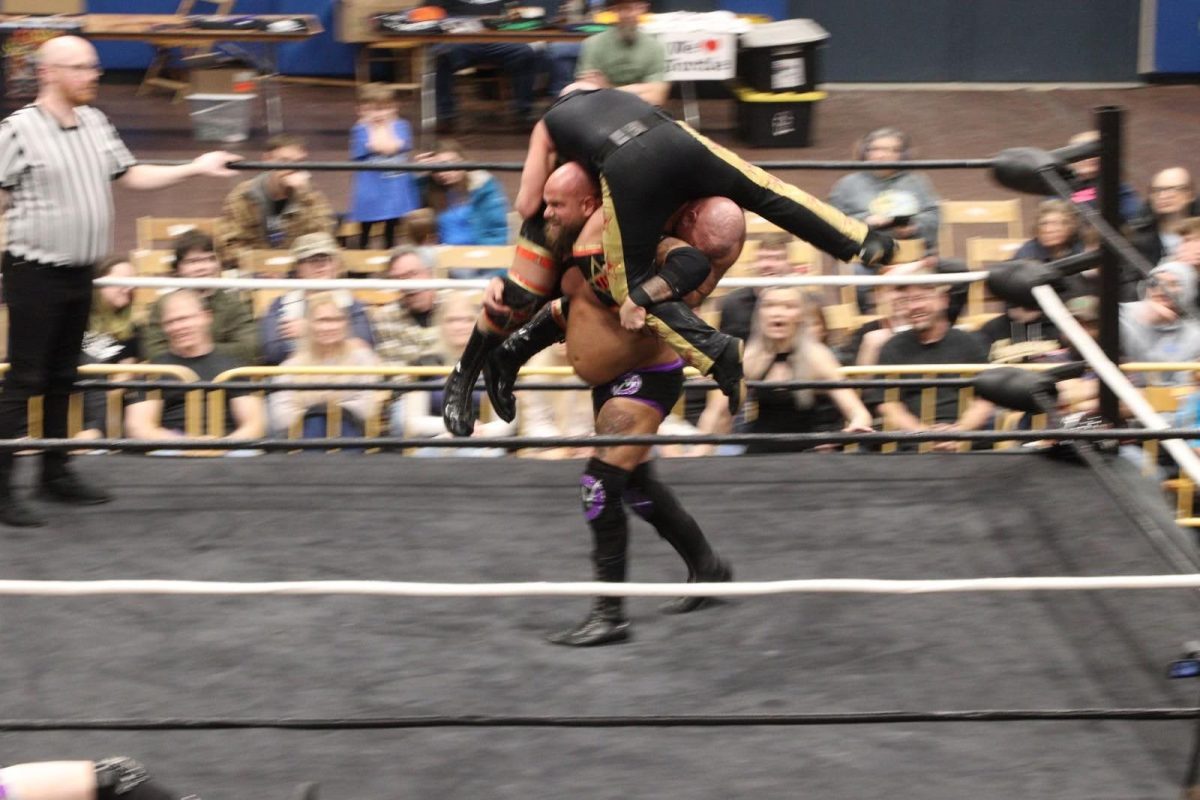In the span of six weeks during the spring semester, Allegheny College saw four major student-organized protests. This string of protests represents the most political activity the college has seen two years.
But it may be part of a larger national trend that began decades ago.
“What’s happening on campus is an extension of what we’re seeing nationally, as more and more Americans are passionate about politics,” said Dan Shea, political science professor and director of the Center for Political Participation. “What we’re seeing on campus is likely happening at colleges and campuses across the country.”
According to the American National Election Studies, conducted by Stanford University and the University of Michigan, general interest in public affairs for those between 18 and 33 years of age rose from 2004 to 2008.
Although ANES only conducted surveys through the 2008 election, Shea said this trend was likely to hold for 2010.
Senior Nikki Murray, who had a hand in organizing the March Against Hate, the Students for Affordable Education rally and the “I Stand With Planned Parenthood” demonstration on Brooks Walk, sees the increase in protests as a function of recently developed political issues.
“A large number of Allegheny students currently disagree with many of the elected representatives and we’re seeing [protests] as a result,” she said. “Even here, people on our own campus aren’t meeting our needs so students are speaking out.”
But she said this year’s proliferation of protests is not a new trend, citing demonstrations she recalled from her freshman and sophomore years, like marches held by the Peace Coalition.
For Dean of Students Joe DiChristina, who has been at Allegheny since 1999, the rise in political action is a result of a more diverse student body.
“It’s no surprise to me that as we have a more international and national base of students here, we’re going to get the idea to be able to speak out,” he said. “You have a bringing together of ideas, and peers educate one another on what’s important.”
Although College Historian Jonathan Helmreich is not surprised by the recent spike in activism either, he said that the increase pales in comparison to earlier years of political unrest.
“From my perspective, the campus seems rather mild these days after the uproar of the late 1960s and early 1970s, when there were constant protests,” said Helmreich.
The latest demonstrations follow past rallies at Allegheny, including a few that occurred in 2004, when then-Vice President Dick Cheney came to campus.
According to Shea, political involvement has been on the rise since the outcome of the presidential election of 2000.
“Young people realized elections can be very close, and that election outcomes really matter,” he said.
Despite the attention paid to elections, Shea admitted that protests were a necessary form of political action.
“The vote is necessary but not sufficient in democracy,” he said. “Young people should know that, and I think these protests suggest they’re getting that message.”





